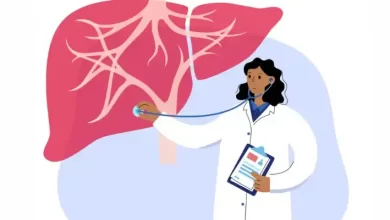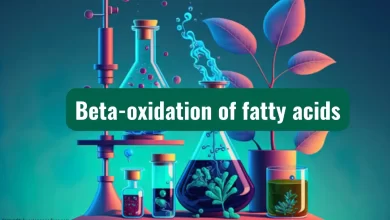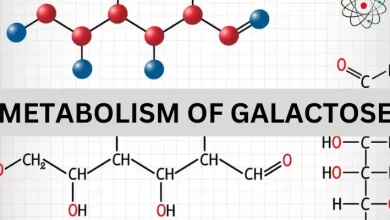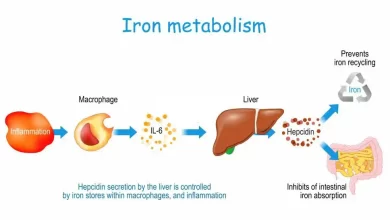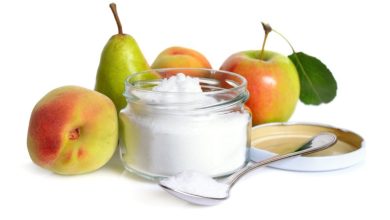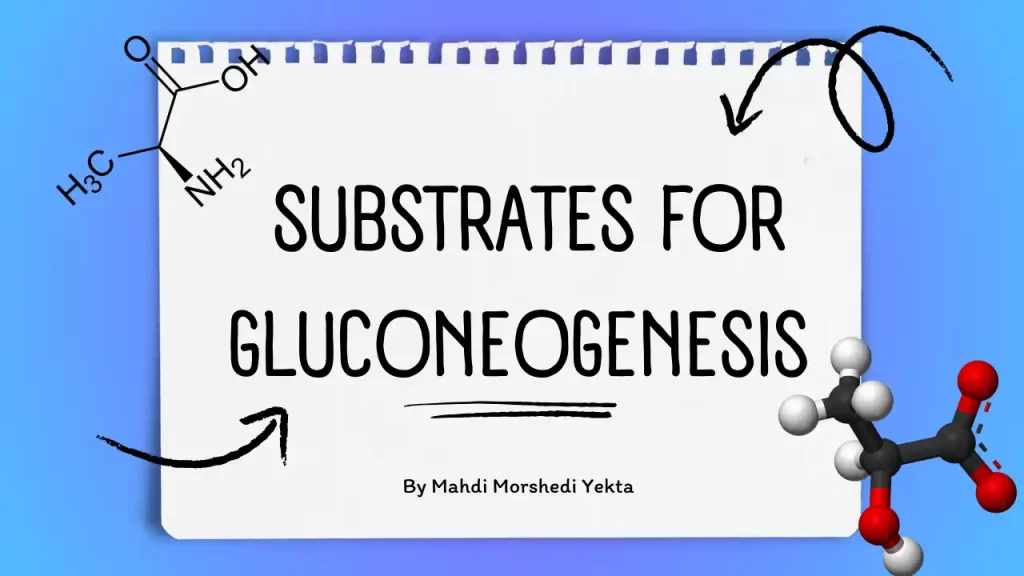
Gluconeogenesis produces glucose from non-carbohydrate sources like lactate, glycerol, and glucogenic amino acids. The main substrates for gluconeogenesis are:
1- Lactate
Lactate is converted to pyruvate by the enzyme lactate dehydrogenase in the cytosol of liver or kidney cells, producing NADH. Pyruvate is then converted to glucose by gluconeogenesis.
In muscle cells, lactate is produced from glucose metabolism under anaerobic conditions. Lactate enters the bloodstream and is carried to the liver. The gluconeogenesis pathway converts lactate into pyruvate and glucose in the liver. The glucose produced is reabsorbed into the blood and transported back to the muscles for energy production. This cycle is known as the Cori cycle.
2- Alanine
Alanine is typically produced from the transamination of pyruvate in muscle cells. After entering liver cells, alanine transaminase (ALT) converts alanine to pyruvate. Pyruvate is converted to glucose, as described in the reactions. Alanine is transported from the muscles to the liver to remove amino groups from the body.
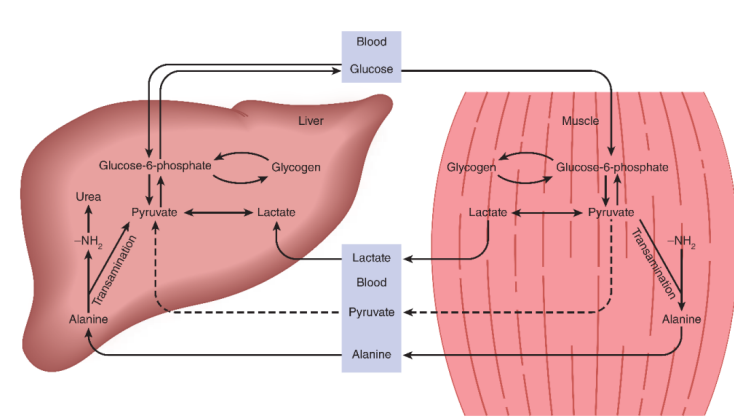
3- Glycerol
Glycerol kinase enzyme is only found in liver and kidney tissues. The enzyme is essential for glycerol metabolism. Glycerol is initially phosphorylated by glycerol kinase to enter the gluconeogenesis pathway.
Glycerol is converted to glycerol-3-phosphate. In this reaction, one molecule of ATP is consumed. Glycerol 3-phosphate is converted to dihydroxyacetone phosphate by glycerol 3-phosphate dehydrogenase, an intermediate in the gluconeogenesis pathway. One molecule of NADH is produced in the reaction catalyzed by glycerol 3-phosphate dehydrogenase.
4- Propionate
Propionate is the primary source of glucose in ruminants. This fatty acid is released into the blood after being produced by microorganisms in the rumen. Propionate is converted to propionyl-CoA by the enzyme acyl-CoA synthetase in liver cells, using one molecule of CoA.
In this reaction, one molecule of ATP is broken down into AMP + PPi. Propionyl-CoA is carboxylated by propionyl-CoA carboxylase to produce D-methylmalonyl-CoA. This enzyme needs biotin to function. In this reaction, one ATP molecule is consumed. D-methylmalonyl-CoA is isomerized to L-methylmalonyl-CoA by the enzyme racemase. L-methylmalonyl-CoA is converted to succinyl-CoA by the isomerase enzyme. Succinyl-CoA enters the Krebs cycle and is converted to malate, an intermediate in the gluconeogenesis pathway.
